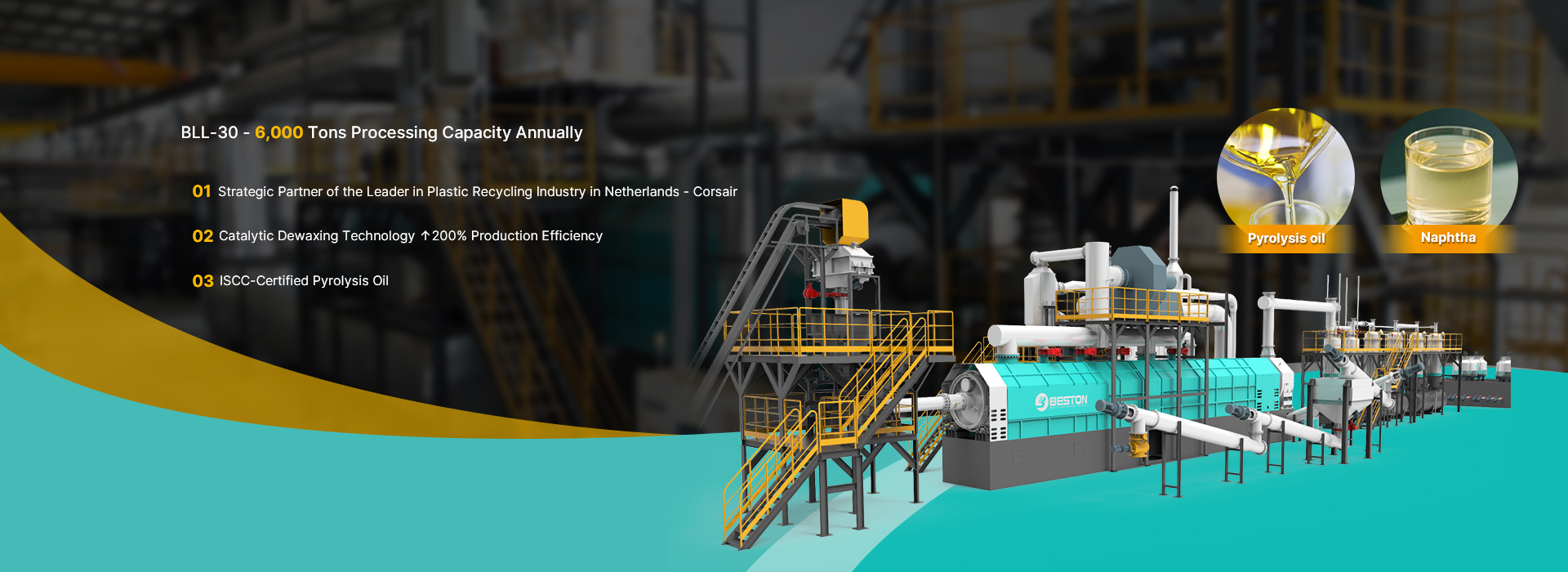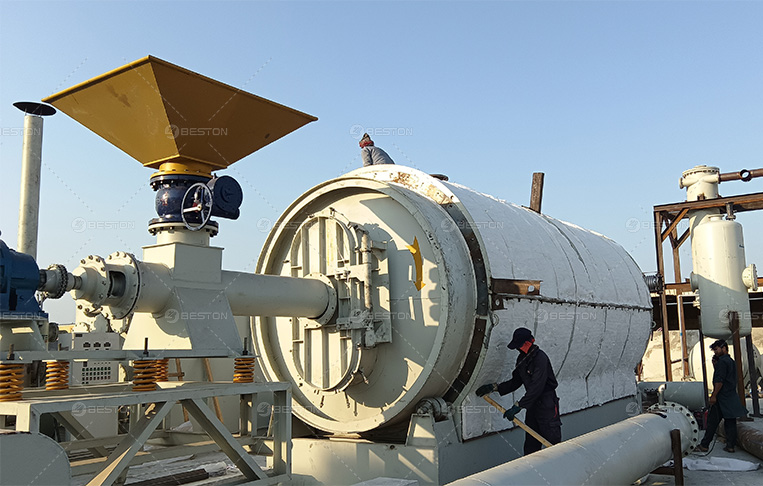As global waste generation continues to rise, sustainable recycling and recovery methods have become critical for achieving environmental balance. Among various advanced waste management technologies, pyrolysis stands out as an efficient and eco-friendly process that transforms solid waste into valuable resources. This process offers not only a solution for waste disposal but also an opportunity for resource recovery and energy production.
Understanding Pyrolysis and Its Environmental Significance
Pyrolysis is a thermochemical decomposition process that occurs in the absence of oxygen. It converts organic waste materials such as plastics, tires, and biomass into useful products like fuel oil, carbon black, and combustible gas. This process helps reduce landfill dependence and minimizes greenhouse gas emissions. Through controlled heating, pyrolysis breaks down long-chain polymers into smaller molecules, creating products that can be reused in industrial applications or as alternative energy sources.
In recent years, advancements in waste treatment technology have made pyrolysis more accessible and efficient. Modern systems are designed to operate continuously, offering higher output rates and better energy utilization. For example, a pyrolysis machine for sale can be customized for different waste types, helping industries and municipalities process large quantities of solid waste effectively.
Applications of Pyrolysis in Plastic Waste Recycling
Plastic waste has become one of the most challenging environmental problems due to its non-biodegradable nature. Pyrolysis provides a sustainable alternative to incineration and landfilling by converting plastic waste into usable fuels. The continuous plastic pyrolysis plant is a technological innovation that enables uninterrupted waste feeding and discharge. This continuous process maximizes productivity while minimizing energy loss and manual labor.
During operation, plastic materials are heated in a reactor at high temperatures without oxygen. The resulting products include pyrolysis oil, which can be refined into diesel or gasoline; carbon black, which can be used in the rubber industry; and non-condensable gas, which serves as a fuel source for the system itself. This closed-loop system not only reduces waste but also supports a circular economy model by turning waste into resources.

Pyrolysis in Oil Sludge Treatment and Resource Recovery
Beyond plastic and tire recycling, pyrolysis is increasingly used in the treatment of hazardous industrial waste such as oil sludge. Traditional methods of oil sludge management, including landfilling and incineration, pose significant environmental risks. However, the integration of a thermal desorption system for oil sludge treatment provides a cleaner, more sustainable alternative.
Through thermal desorption, hydrocarbons are separated from the sludge under high temperature and controlled conditions. The recovered oil can be reused in industrial processes, while the remaining solid residues can be safely disposed of or repurposed. This technology helps reduce the environmental footprint of oil-based industries and promotes resource recovery from materials that were once considered waste.

Economic and Environmental Benefits of Pyrolysis Technology
Investing in pyrolysis technology offers multiple benefits. Economically, it creates opportunities for energy production and material recovery, reducing dependency on virgin resources. Environmentally, it significantly cuts down on CO₂ emissions and pollution associated with traditional waste disposal methods. Furthermore, governments and organizations that adopt pyrolysis-based systems can improve waste management efficiency while contributing to national sustainability goals.
Companies like Beston Group Co., Ltd. are at the forefront of this technological transformation. They provide a range of waste-to-energy solutions that combine innovation, safety, and environmental compliance. By offering modular and scalable systems, Beston enables industries to tailor their recycling operations according to capacity and waste composition, ensuring optimal results in both environmental and financial performance.
Future Prospects of Pyrolysis in Global Waste Management
As nations implement stricter regulations on waste disposal and carbon emissions, the global demand for pyrolysis technology is expected to grow rapidly. Continuous innovation in reactor design, heat recovery, and emission control will further improve the efficiency of the process. Integration with renewable energy systems and smart monitoring technologies could transform pyrolysis into a fully automated, sustainable waste recycling solution.
In addition, international collaboration among governments, industries, and research institutions will be crucial to promoting large-scale adoption. By sharing technical expertise and developing standardized frameworks, the global community can maximize the potential of pyrolysis in addressing solid waste challenges and supporting circular economy initiatives.
Conclusion
Pyrolysis represents a promising pathway toward sustainable solid waste management. It not only reduces the burden on landfills and natural resources but also transforms waste into valuable commodities. As technology evolves, it is expected to play a pivotal role in global efforts to achieve zero-waste and low-carbon goals. By integrating pyrolysis systems into recycling infrastructure, societies can take a major step toward cleaner production, renewable energy, and environmental resilience.